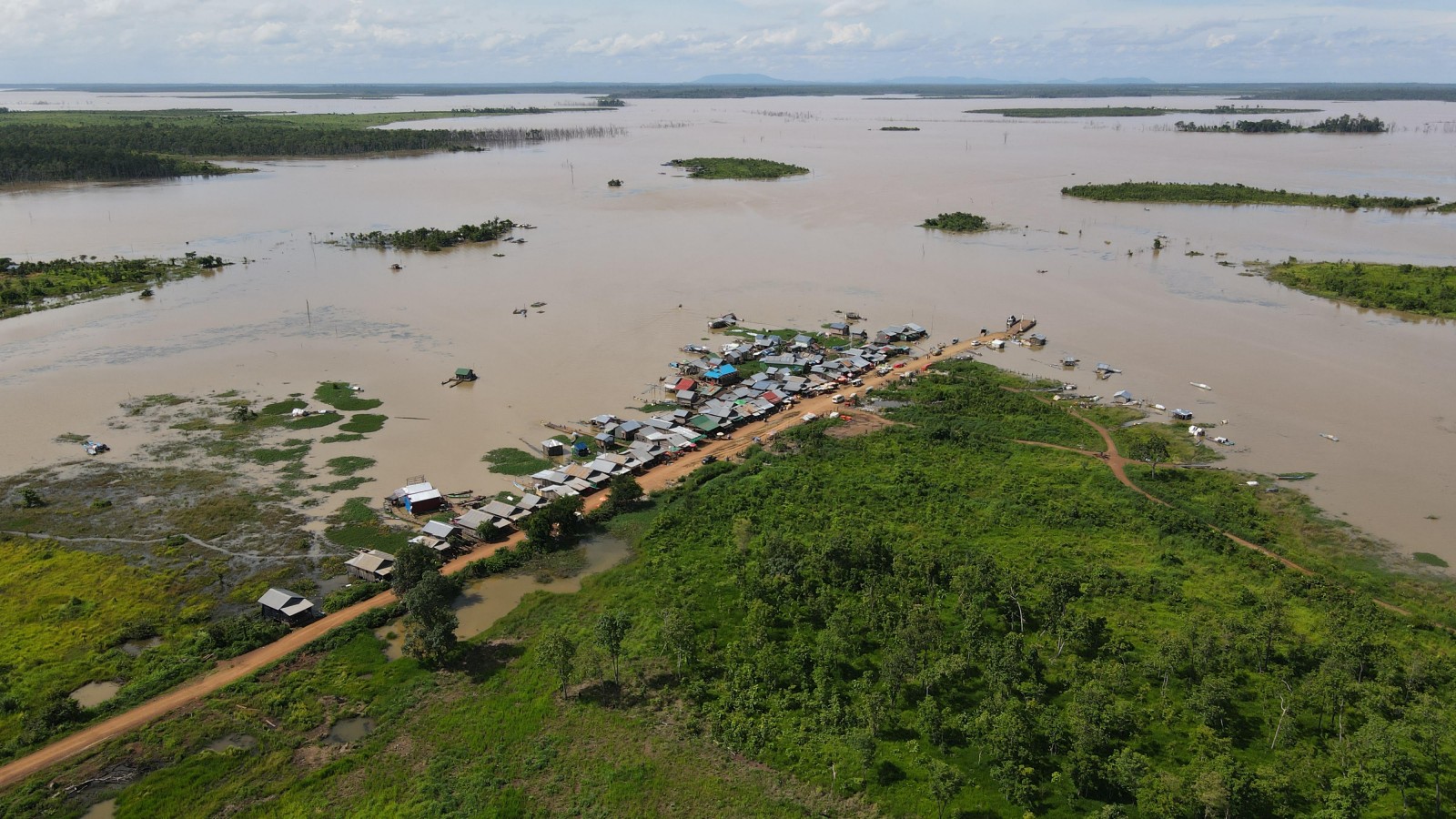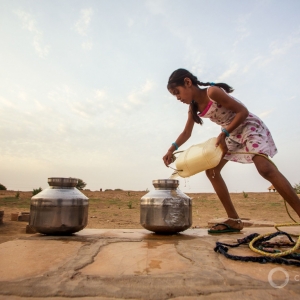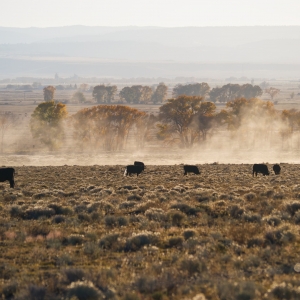The Stream, March 8, 2023: Rewilding Pulls Brazil’s Atlantic Forest Wetlands Back from the Brink

A fishing community along the Sesan River in northeastern Cambodia. The construction of a giant dam has flooded large parts of the surrounding area. © Wonders of the Mekong
YOUR GLOBAL RUNDOWN
- Experiencing its worst drought in decades, Argentina’s farming industry faces historic financial loss.
- In Alaska’s Cook Inlet, dwindling salmon returns force nearly one dozen emergency fishing closures and restrictions.
- Privatization, rewilding, and international support for the Atlantic Forest, Brazil’s second largest, offer hope for its restoration.
- A new analysis reveals that chemical spills occur in the United States, on average, once every two days.
The Mekong River in Cambodia, after decades of detrimental damming, logging, and unsustainable fishing, may be poised for resurgence.
“The Mekong is not dead. We’ve seen huge environmental pressures causing the Mekong to dry up and fisheries to almost collapse. And yet we also see the incredible resilience of this river in the face of those threats.” — Sudeep Chandra, director of the Global Water Center at the University of Nevada, Reno.
The 2,700-mile long Mekong River, which flows south through six countries before emptying into the South China Sea, has suffered for decades. Notably, large-scale dam development upstream blocked the flow of important sediments and nutrients, which worsened water quality and caused harmful erosion downriver. A combination of climate change, pollution, and overfishing further strained the Mekong, which some had written off as an unsavable ecosystem.
But this year, Yale Environment 360 reports, there is reason for hope: A particularly wet monsoon season gave rise to larger floodplains emanating from the Mekong, which boosted fish feeding grounds and population growth. Simultaneously, officials have cracked down on overfishing and illegal catching practices. YE360 also reports that countries are reconsidering their current dam proposals, and advocating for parts of the Mekong and its watersheds to become designated UNESCO heritage sites, which would grant further environmental protections.
In context: Giant Catch in the Mekong Reveals Mysteries of Biodiversity Hot Spot
— Christian Thorsberg, Interim Stream Editor
Recent WaterNews from Circle of Blue
- Ongoing Battle to Keep Toxic Chemicals at Bay — A growing array of contaminants threaten Michigan’s rivers, lakes and drinking water systems, and many of them are still unregulated.
- Flush with Cash, State Lawmakers Consider Water Risks — Water is poised for prominence this year in state law and policy.
The Lead
Though only a fraction of the size of the Amazon, Brazil’s Atlantic Forest harbors nearly an equal amount of biodiversity. Stretching thinly and sporadically along the nation’s eastern coast, the ecosystem is home to “2,200 species of birds, mammals, reptiles and amphibians,” and “60 percent of all of Brazil’s threatened animal species,” according to the Nature Conservancy.
Still, the Atlantic of today is a far cry from what it once was — more than 85 percent of the forest’s 330 million acres has been destroyed. Nonprofit organizations and private landowners have stepped up in recent decades to combat deforestation. These groups have begun rewilding the forest’s wetlands as well as the Guapiaçu River basin, which provides water for 2.5 million people, Mongabay reports. In the past 20 years, nearly one million trees have been planted in the Atlantic, which has seen hundreds of endemic bird species return and, for the first time in over a century in Rio de Janeiro, more than a dozen lowland tapir, which had previously been extinct in the state.
In December, the United Nations recognized the efforts of nonprofits and organizers as one of 10 World Restoration Flagship Initiatives: “Their initiatives are creating wildlife corridors for endangered species, like the jaguar and the golden lion tamarin, securing water supplies for people and nature, countering and building resilience to climate change, and creating thousands of jobs.”
Still, challenges remain: Tree-cutting remains an issue in a forest that is 80 percent privately owned. Last September, more than 50,000 acres of forest in east-central Brazil were destroyed. And though, from 1985 to 2020, forest cover has remained statistically stable, these numbers are bolstered by the growth of new trees and young vegetation — since 1985, 25 million acres of mature, primary vegetation has been lost.
“The forest maintains biodiversity, connects existing forest fragments and contributes to water security for the watershed’s downstream population,” Nicholas Locke, founder of the nonprofit Guapiaçu Ecological Reserve, which protects nearly 30,000 acres of the forest, told Mongabay.
This Week’s Top Water Stories, Told In Numbers
20 billion
Dollars (USD) that Argentina’s agricultural sector is likely to lose this year, as the soy- and corn-producing nation reckons with its worst drought in six decades. A three-years long dry spell, caused largely by the La Niña weather pattern, reached its peak this January when over 800,000 square miles received below-expected rainfall, Semafor reports. According to the New York Times, this continued lack of rain was not caused by climate change — however, the extreme heat waves that hit central South America in November and December were attributable to global warming’s effects. The heat further dried out soils. According to Semafor, earlier this year in the Santa Fe region, just outside Buenos Aires, 80 percent of the land was dry.
160
Accidental chemical spills per year in the United States, a Guardian analysis of data collected by the EPA reveals. This number is even higher when accidents cataloged by nonprofit watchdogs are included. The Coalition to prevent Chemical Disasters recorded 188 chemical accidents in 2022, and 177 in 2021. Many registered spills occur as a result of pipeline breaks, industrial plant leaks, and vehicular accidents — such as the train derailment in East Palestine, Ohio, earlier this month. The EPA told the Guardian it performs an average of 235 emergency response actions per year, and the coalition estimates that “roughly 200 million people are at regular risk, with many of them people of color, or otherwise disadvantaged communities.” According to EPA data gathered between 2004 and 2020, Texas, Louisiana, California, and Illinois lead the nation in “accidents at facilities handling hazardous chemicals.”
On the Radar
The Alaska Department of Fish and Game announced a series of sweeping sportfishing closures and restrictions in the Cook Inlet and its connecting watersheds, Anchorage Daily News reports. The decision to heavily regulate such an integral part of Alaskan life comes after 15 years of dwindling chinook salmon populations. Poor returns again this year — chinook spend one to five years in the ocean, before returning to freshwater rivers to spawn — forced officials to apply a heavy hand. Fishing in the Kenai, Anchor, Deshka and Susitna rivers will be heavily regulated or altogether closed from May through July. In total, 11 restrictions were issued.
More Water News
Pipeline Attack: An oil pipeline operated by Ecopetrol in Barrancabermeja, Colombia, as well as a nearby water line, were attacked via explosives, causing spills and environmental damage, Reuters reports.
Flood Damage: Researchers in the United Kingdom estimate that extreme weather made more common by climate change will likely increase the country’s flood damage bill by 20 percent, BBC reports.
Christian Thorsberg is an environmental writer from Chicago. He is passionate about climate and cultural phenomena that often appear slow or invisible, and he examines these themes in his journalism, poetry, and fiction.







Leave a Reply
Want to join the discussion?Feel free to contribute!